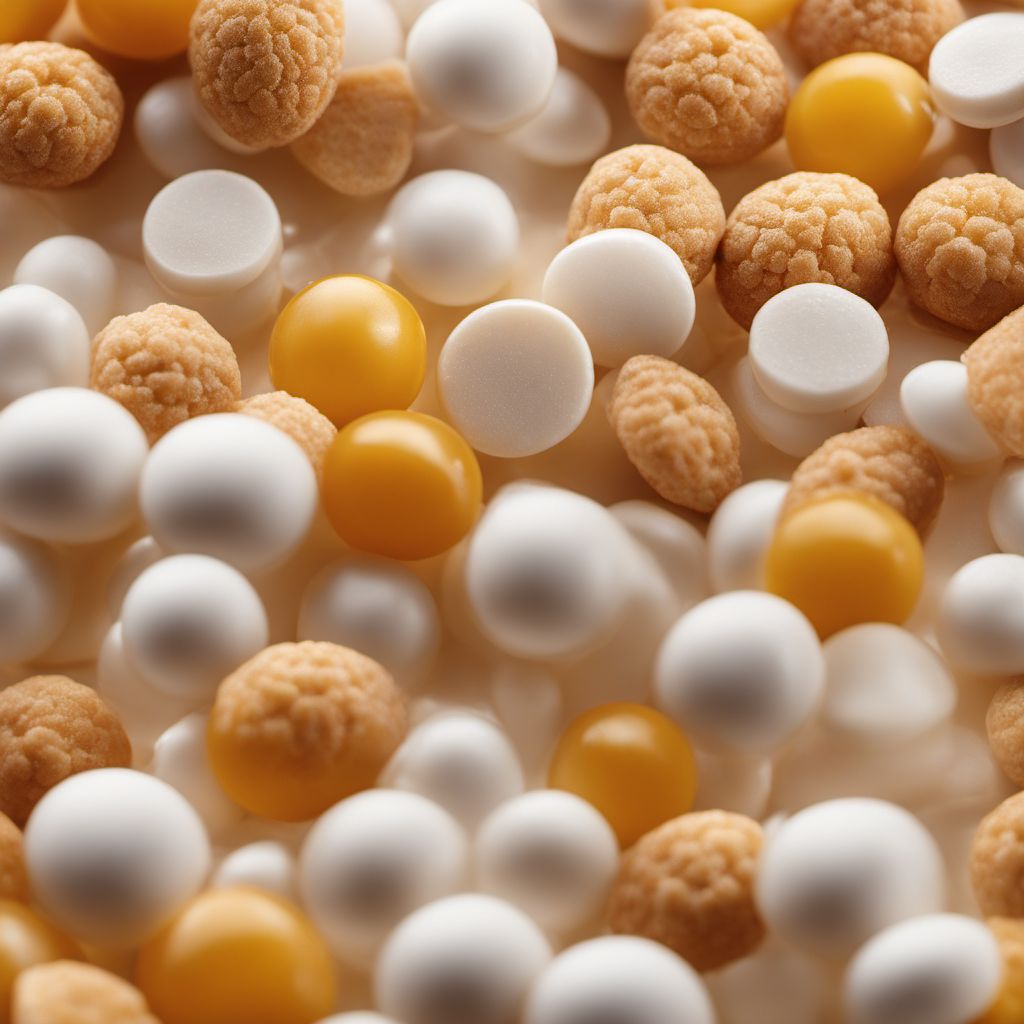
Ingredient
Sucralose
The Sweet Secret
Sucralose is a synthetic sweetener made from sucrose, commonly known as table sugar. It has a sweet taste similar to sugar but is approximately 600 times sweeter. Sucralose is a white, crystalline powder that dissolves easily in liquids and is heat-stable, making it suitable for cooking and baking. It is often used as a sugar substitute in a wide range of food and beverage products.
Origins and history
Sucralose was discovered in 1976 by scientists at Tate & Lyle, a British food and beverage company. It was approved for use as a sweetener in the United States in 1998 and has since gained popularity as a sugar alternative. Sucralose is considered safe for consumption and is widely used in various low-calorie or sugar-free products.
Nutritional information
Sucralose is a zero-calorie sweetener and does not contribute to the overall calorie content of foods or beverages. It is also non-nutritive and does not provide any essential nutrients.
Allergens
Sucralose does not contain any known allergens and is generally considered safe for individuals with food allergies or sensitivities. However, some people may experience digestive issues or other side effects when consuming large amounts of sucralose.
How to select
When purchasing sucralose, look for reputable brands or products that are labeled as 100% pure sucralose. Avoid products that contain fillers or additives. It is also important to follow the recommended usage guidelines provided by the manufacturer.
Storage recommendations
To maintain the freshness and quality of sucralose, store it in a cool, dry place away from direct sunlight. Keep it tightly sealed in its original packaging or transfer it to an airtight container. Avoid exposing sucralose to moisture or extreme temperatures.
How to produce
Sucralose is produced through a multi-step process that involves modifying the structure of sucrose molecules. This process replaces certain hydrogen-oxygen groups with chlorine atoms, resulting in a sweetener that is not metabolized by the body and passes through the digestive system without being absorbed.
Preparation tips
Sucralose can be used as a sugar substitute in a wide range of recipes and beverages. It is heat-stable and can be used in baking or cooking without losing its sweetness. However, it is important to note that sucralose is much sweeter than sugar, so adjustments to the amount used may be necessary. It is recommended to follow recipe guidelines or use conversion charts when substituting sugar with sucralose.
Culinary uses
Sucralose is commonly used in a variety of low-calorie or sugar-free products, including diet sodas, sugar-free desserts, baked goods, and tabletop sweeteners. It is also used in some medications or dietary supplements.
Availability
Sucralose is widely available in supermarkets, health food stores, and online retailers. It is commonly found in the form of granules, tablets, or liquid drops.
More ingredients from this category
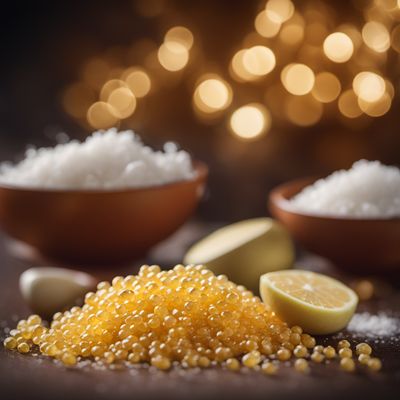
Neo-hesperidine
The Bitter-Sweet Marvel: Unveiling the Wonders of Neo-hesperidine

Thaumatine
The Natural Sweetener

Aspartame
The Sweet Science: Unveiling the Secrets of Aspartame

Saccharine
"The Sweet Secret: Unveiling the World of Saccharine"
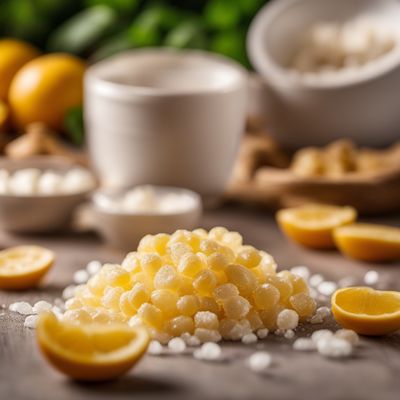
Acesulfame k
The Sweet Secret: Acesulfame K
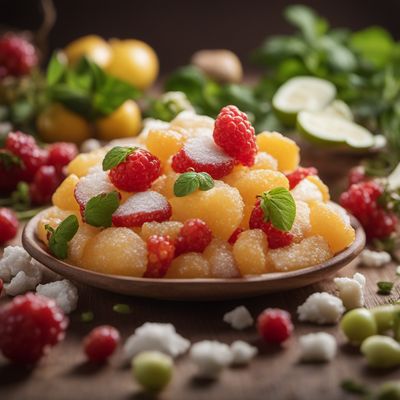
Advantame
The Sweet Sensation: Advantame

Neotame
The Sweet Secret: Neotame
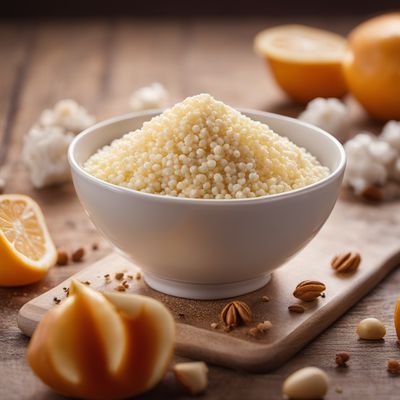
Cyclamate
The Sweet Side of Cyclamate
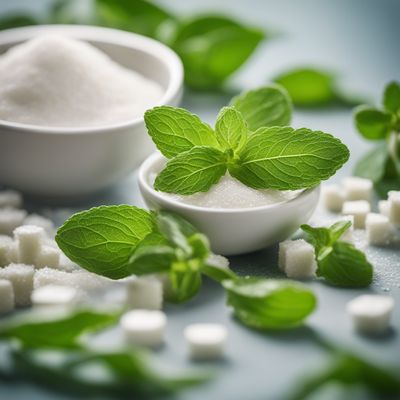
Steviol glucoside
The Natural Sweetener of the Future